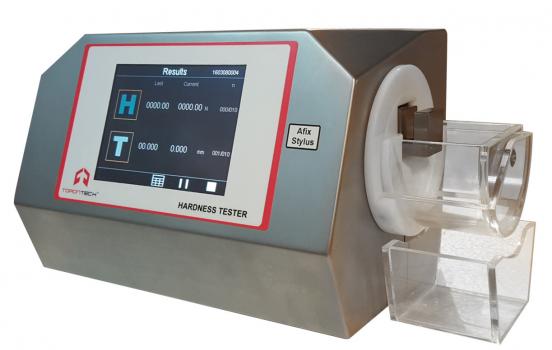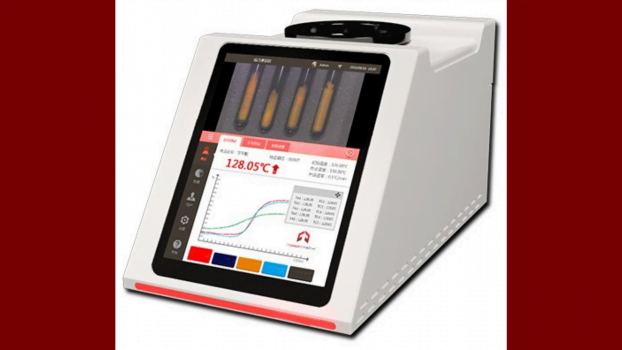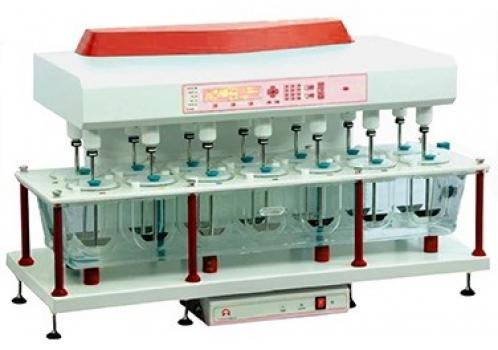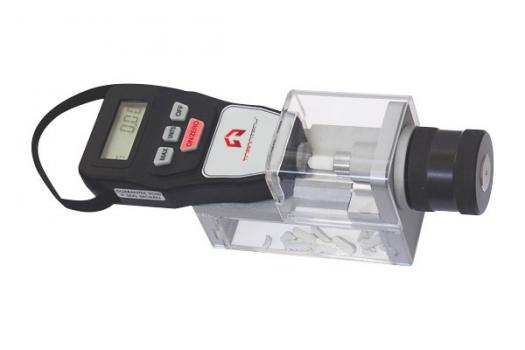The point at which a tablet breaks is determined using a tablet hardness tester. The durability, flexibility, and strength of the tablet are calculated using this instrument. After the medicine is manufactured, it needs to be stored, packaged and transported.
During this time, it should endure various mechanical stresses- hardness testing is thus essential. Various tablets (coated and uncoated) and granules are tested, irrespective of their width, diameter, thickness or length. An ideal tablet should neither be too hard nor too soft, to provide an optimum effect.
Several tests like bending, crush and fracture test are used to test the hardness. The instrument contains two jaws, one connected to a motor and the other to a load cell. The jaw connected to the motor pushes the tablet towards the fixed jaw until at one point the tablet breaks and the load at that point is recorded as the breaking point of the tablet.
The nature of the active ingredients and excipients, their motion inside the tablet, type of binding agents and the presence of air are factors that influence the hardness. A high value of hardness indicates that the tablet dissolves and degenerates slowly. It shows that there is an extremely strong bond between the active and inactive ingredients present inside the tablet.
The hardness value is directly proportional to friability and a low value indicates that the tablet is defective. It specifies that the bonding inside the tablet is weak. Another disadvantage of a soft tablet is that it may not withstand the coating and packaging processes and chip or break.
After the hardness test results are obtained, a manual for tolerable hardness values can be created and a standard is set. Testing results also enable to create consistency between different batches of tablet production. Hardness is also taken into consideration when Quality Control (QC) is done.
So, perform a hardness test, find out which tablet is best! Please visit our website to explore our extensive range of Tablet Hardness Tester.








